Have you heard at least once in the news that the President vetoed a bill passed by parliament? Surely this phrase seems to many exceptionally familiar, although not always clear. In general, the situation is clear - the deputies accepted something, and the main person in the country expressed his disagreement with the proposal. Even the high school students are told that the President has a veto. But far from every citizen knows how this extremely important state mechanism for creating fair laws works. Few people know what laws the President’s veto does not apply to, what are the features of the ban, and how it can be lifted.
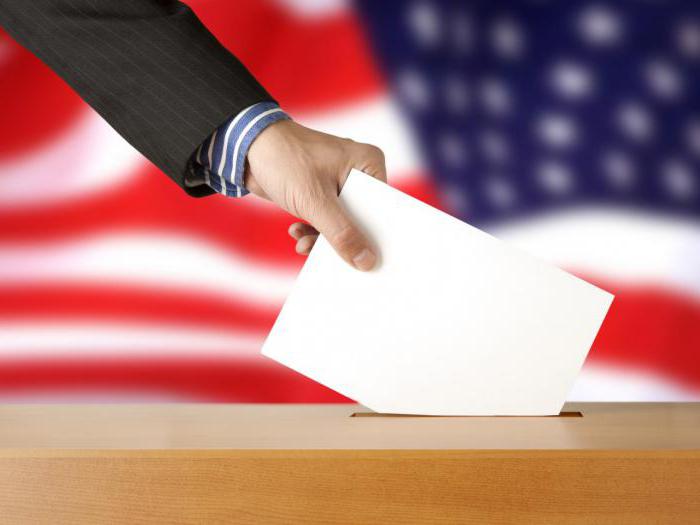
general information
What is the veto of the President? This term conceals the right of the first person in the state declared by the current Constitution. It applies to such a situation when the Federal Assembly decided to adopt a draft law, but the President believes that the draft should be finalized. In this situation, the first person in the state rejects the draft and redirects it to the chambers so that the document goes through additional review procedures. Such a veto mechanism of the President of the Russian Federation is prescribed in the current fundamental legal acts of our state.
Incidentally, the terminology is different. If some people prefer to call this opportunity “veto right”, others consider it more correct to use the term “right of negative control”. However, the essence does not change from the choice of a specific wording, the impact on laws is the same, namely, the project is sent for revision and processing.
The President’s veto on the law is important
From the Constitution and the general idea of the rights, opportunities and responsibilities of the President, it follows that the veto is one of the most significant preferences at the disposal of the main person in the Russian Federation, at least from the point of view of the process of formation of the legislative legal base of the country. Moreover, by law, the President’s veto can be overcome if a number of conditions declared by the provisions of the Constitution are fulfilled.
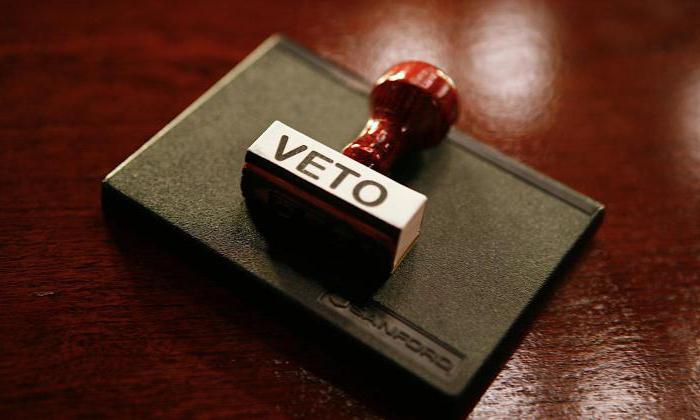
From the point of view of jurisprudence, the veto represents a chance for the chief statesman of the country to assess how well the legislative bodies have worked, how effective, useful, productive they have been for signature. The President evaluates whether the project meets the expectations of both lawyers, legal experts, and ordinary citizens. In addition, the first person in the country is studying the legal form, checking its perfection, and can find a veto when it finds flaws.
Rights and obligations: all declared
You can learn about how the system of rights and obligations of the President works from the 107th article of the Constitution of our country, which describes what the president’s veto is and a second review of the law. It follows from this that in our state the first person has the right of a suspensive, suspensive veto.
The ban imposed by the President applies only to such federal laws that have already been adopted by the Duma and have passed the procedure for obtaining the approval of members of the Federation Council. At the same time, it is only possible to veto the moment the law comes into force, but not after that.
And if easier?
What is the veto of the President (concept and meaning)? In fact, it is the right to reject a draft law that has already been passed by lower-level deputies responsible for lawmaking. It follows from the Constitution that one can resort to this right at the stage when the project is sent for signing, that is, at the final step.

From the 107th article also follows that this right is suspensive in nature. If the President used the veto, then the Federal Assembly will again review the draft document. At the same time, deputies can leave the project unchanged following the results of the event. When vetoing, the President formulates certain arguments, declaring why he is not satisfied with the directed project. Deputies of a lower level may disagree with these arguments, which will be expressed in maintaining the previous wording.
It is interesting!
Incidentally, from 1993 to 1999, almost a third of all draft laws were “wrapped up” by the President through veto power.
Laws, rules, orders
The veto of the President can be imposed up to 14 days. This time period is declared by the Constitution. The countdown starts from the day when the draft law was submitted for consideration. There are cases when, during the set time period, the President has not decided on an opinion on the indicated issue. It follows from the Constitution that in such a situation the project is sent for publication in an official manner.
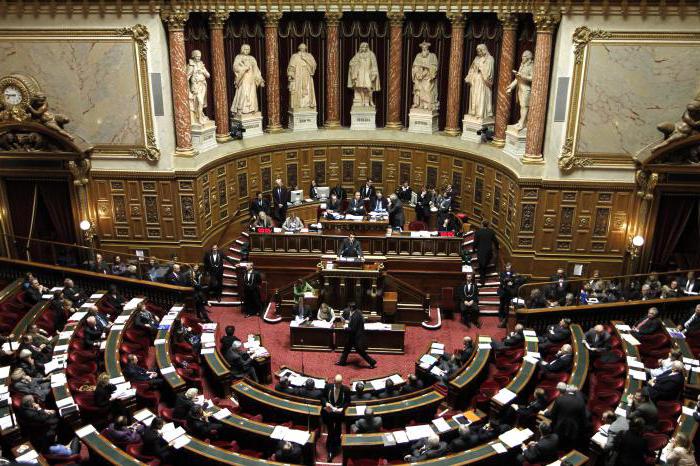
In 1996, this situation additionally attracted the attention of the Constitutional Court, as a result of which a decision was passed on April 22. It expressly states that the decision to reject the draft law, taken after 14 days, is not a veto of the President and has no corresponding effect.
The law is "wrapped up": what next?
Of course, in the ideal case, the bill sent to the President without any hesitation is signed, as it is legally competent and correct, fair in essence. But this ideal situation in practice does not always happen always, due to which the veto of the President is really relevant and allows a sufficiently high degree to guarantee the preservation of the rule of law in our society, the fairness of legal standards.
If the President exercises his right, then the project is redirected for reconsideration. This procedure is rather complicated and has a number of legal subtleties. In particular, it begins with a speech by the representative of the President. Its main task is to inform the deputies included in the Parliament, for what reason the document was “wrapped”, what corrections should be made to it. The main goal of the representative is to clearly, clearly, reasonably formulate the point of view of the first person in the country to prove to the listeners the validity of the “nit-picking”.
What's next?
When the Parliament was clearly explained what the imperfection of the draft law was, and they were also offered ways to solve the problem, the next stage starts - the vote. The object of consideration is the document that was compiled under the personal control of the President, that is, a revised draft law with amendments, amendments made by the main person of the state.
From the results of the voting it becomes clear whether additional work on the document will be required or whether it has been prepared sufficiently to become the current federal law. The decision is made by voting in parliament and calculating its results. If for the version that was prepared by the President, more than half of the parliamentarians vote, then the document has been adopted. If the number of votes in favor proves to be less, it will be necessary to continue work on the disputed paper.
How it works?
Deputies who believe that the President’s version is less suitable than the original text of the document vote for this option.Adoption of the project is possible when at least two-thirds of the total number of members of the Duma are gathered. From the Federation Council, half of the participants or more should speak out for the old version.
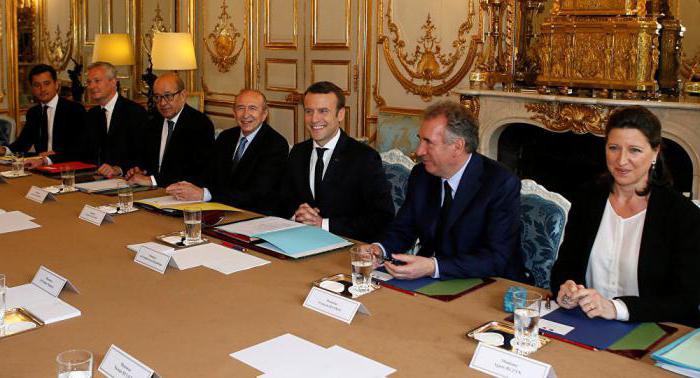
However, this procedure applies to general cases of adoption of normative acts, but not every potential law fits general criteria. Quite often there are special, special cases. In particular, if we are talking about any issues specifically addressed by the current Constitution, then a special procedure will come into force with respect to these legislative acts. Laws adopted by this procedure become federal constitutional. Their main task is to guarantee stability for the Constitution by strengthening the system existing in the state. Such laws can be adopted, in particular, when it comes to a state of emergency: its introduction, termination. In addition, such legislative acts are adopted if martial law is introduced or new regions are admitted to the state.
Strength: for a reason
The federal constitutional laws of the country have the greatest legal force, they can be safely called the most significant, fundamental. But such legal power is not given just like that, the procedure for adopting such standards is very complicated, it differs significantly from the general order.

For the law to take effect, a vote is taken. Of the qualified votes, at least 3/4 of the members of the Federation Council should speak in favor of the project. The State Duma adopts a draft of 2/3 positively-minded votes. The President must sign this document also 14 days after its receipt for consideration. As soon as they sign the paper, they launch the mechanism for publishing the adopted normative act. The president of the country may disagree with the proposed act, nevertheless, sign it, after which the official document is published. The Constitution of the country speaks of such a mechanism.
Veto: how is this impossible?
From the above it follows that in a situation when the question arises of the adoption of the Federal Constitutional Law, the President is deprived of the right of veto. Indeed it is. It is only possible to veto a project that involves the adoption of a simple federal law.
As for the FKZ, it must be signed strictly in the wording developed by the representatives of the Federation Council, no changes to the draft are permissible, and the dates given in the Constitution are provided only to sign and make the paper public, without additional debate and doubt. The main idea of such a legislative mechanism is that legislative bodies have prerogatives that extend to the solution of national issues.
Transfer to the President: what happens before that?
The fact that such a right of veto of the President is already described above in sufficient detail. But what stages and “ordeals” should a paper go through to get on the table to the first person in our country? The procedure is quite complicated. First, the State Duma draws up a document and makes a decision regarding it, and then redirects it further, and only with a successful combination of circumstances, often with amendments that may take years or even decades (yes, such cases are known!) Finally gets to the main politician and deputy.
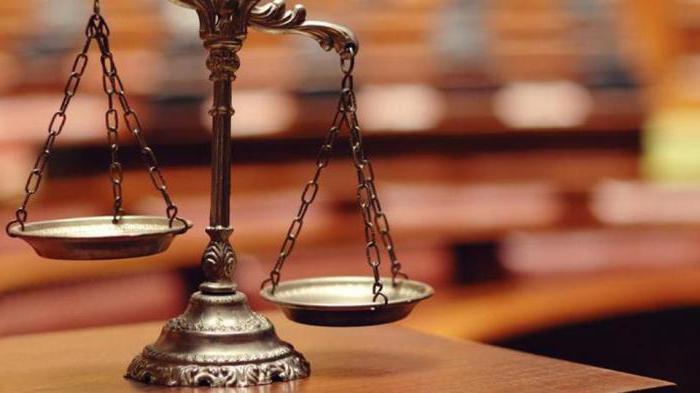
When members of the State Duma adopted the draft law, they must forward it to the Federation Council. According to the laws, they have only five working days for this. As soon as the paper got into the Federation Council, a countdown of the time allotted for the consideration of the document begins. Legal regulations suggest that 14 days is enough to study and evaluate the proposed paper. However, the Federation Council may refrain from considering.This situation equates to a positive outcome, that is, the paper can be sent to the President, hoping to get his signature.
Exceptions: there are always
Article 106 of the Constitution imposes certain restrictions on those laws that can be sent to the President without sufficient attention of the Federation Council. The point is that some categories of federal laws are too important to allow them to “leak” through the bureaucratic system.
So, those potential federal laws that are related to the federal budget, tax collection, customs and the issue of banknotes have been awarded a special approach. If the Russian Federation takes part in the publication, ratification of treaties operating at the international level, the Federation Council is obliged to consider such a document and formulate its opinion on it. Particularly noteworthy are federal laws related to the state’s border — its status and protection measures. Of course, martial law and peace are also issues of particular importance, therefore, laws related to the declaration of such always pass through the Federation Council with consideration.
Not reached: is it possible?
For any draft law, it is likely that the Federation Council will consider the document too “crude” and send it back to the State Duma for revision. In this case, the paper will not be signed by the first person of the country soon.

The disagreements that arose during the work on the draft law between representatives of the Duma and members of the Council of Federations can be overcome in various ways. For example, form a special conciliation commission. It includes representatives of both instances. The main task of the commission is to form a text that would satisfy all interested. However, an alternative option is to return to the original text, for the adoption of which it will be necessary to collect at least 2/3 of the positive votes. If this can be achieved, the law is recognized as adopted and redirected immediately to the president, bypassing the Federation Council.
End stage
So, regardless of whether the Federation Council approved the submitted draft or the paper went through a second review by the Duma and then got to the President’s table, bypassing the Federation Council, the next step is to obtain the signature of the country's main person. According to the law, 14 days are allotted for this, during which the deputy and the politician have the right to both accept and sign the draft, and postpone it, that is, use the veto.
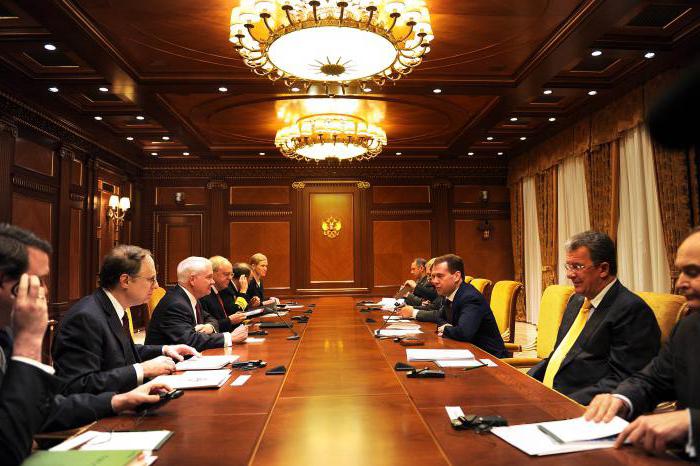
Repeated voting helps overcome the veto. For this, the majority of the Federation Council or the participants in the Duma should express their opinion in favor of the text of the current version. If the Federation Council or the Duma behaved in this way, there is no choice: you will have to sign the document within seven days, publish it, that is, bring it into force. In some cases, a conciliation commission is formed in order to develop a text of the law that will equally satisfy the President and the legislative bodies of the state.